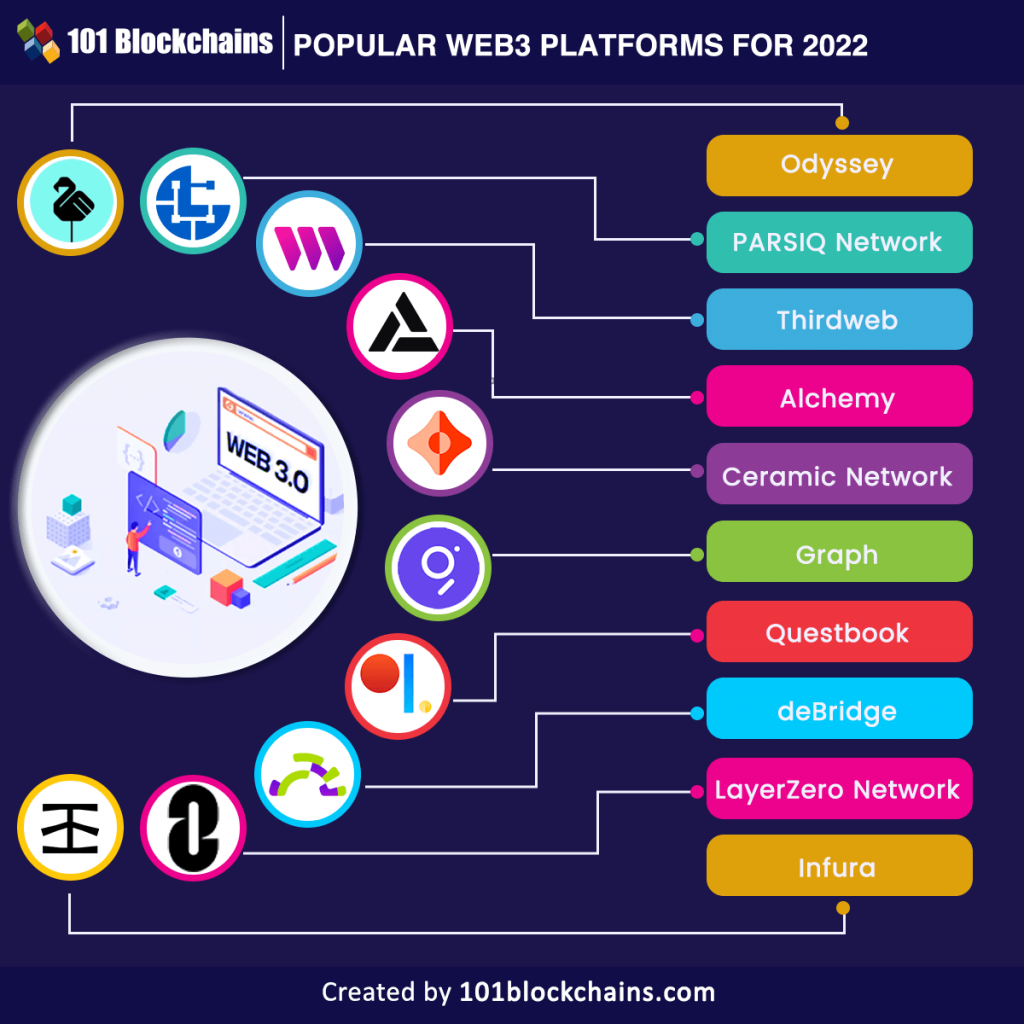![Generative AI Trends to Watch in [Current Year]: Shaping Our Digital Future](https://anytopia.com/wp-content/uploads/2025/07/generative-ai-trends-to-watch-in-current-year-shaping-our-digital-future.webp)
Generative AI Trends to Watch in [Current Year]: Shaping Our Digital Future
Generative AI isn’t just a buzzword anymore; it’s a transformative technology rapidly reshaping industries, creativity, and our daily lives. From crafting compelling text to generating breathtaking images and even designing new materials, Generative AI models are pushing the boundaries of what machines can do.
For beginners, think of Generative AI as a super-smart artist, writer, or musician. Instead of just understanding information, it can create brand-new, original content based on what it has learned from vast amounts of data.
As we dive into [Current Year], the pace of innovation in Generative AI is accelerating. Here are the key trends to keep a close eye on, explaining what they are and why they matter.
1. The Rise of Multimodal Generative AI
What it is:
Historically, Generative AI models specialized in one type of data: Large Language Models (LLMs) for text, Diffusion Models for images. Multimodal AI means models can now understand, process, and generate across multiple data types simultaneously – text, images, audio, video, and even 3D models.
Why it matters:
Imagine an AI that can:
- Generate a video from a simple text description.
- Create an image and write a caption for it in one go.
- Design a 3D object based on a sketch and spoken instructions.
This convergence makes AI far more powerful and intuitive. It means creators can bring their visions to life with unprecedented ease, and businesses can automate complex content generation tasks that span different media. It’s moving us closer to AI that understands the world more like humans do.
Examples to Watch:
- Text-to-Video Models: Breakthroughs allowing users to generate realistic or stylized video clips from simple prompts.
- Integrated Creative Suites: AI tools that combine text generation, image editing, and audio production into a single workflow.
- 3D Model Generation: Creating virtual objects or environments from text descriptions or 2D images.
2. Hyper-Personalization and Customization at Scale
What it is:
Generative AI is moving beyond generic outputs to highly personalized experiences. This trend focuses on tailoring AI-generated content to individual users, specific brand voices, or niche requirements, often by fine-tuning models on smaller, more specific datasets.
Why it matters:
For businesses, this means:
- Marketing: Generating personalized ad copy, email campaigns, or product descriptions for each customer segment.
- Customer Service: AI chatbots that respond in a brand’s unique tone and offer highly relevant solutions.
- Content Creation: Writers can generate content that perfectly matches a client’s specific style guide or audience demographics.
For individuals, it means:
- Education: Learning materials tailored to your pace and learning style.
- Entertainment: Games or stories that adapt to your preferences.
Examples to Watch:
- Custom AI Chatbots: Businesses deploying Generative AI models trained on their specific internal documents and customer interaction data.
- Personalized Content Engines: Platforms that generate unique articles, social media posts, or design elements based on user profiles.
- "Small Language Models" (SLMs): Smaller, more specialized models that can be fine-tuned more easily and run more efficiently for specific tasks.
3. The Rise of AI Agents and Autonomous Workflows
What it is:
No longer just answering questions, Generative AI models are evolving into AI Agents that can plan, execute, and monitor multi-step tasks autonomously. Think of them as super-smart digital assistants that can break down a complex goal into smaller steps, use various tools (like web search, coding environments, or other AI models), and even learn from their mistakes.
Why it matters:
This is a game-changer for productivity and automation. Instead of you giving precise instructions for every tiny step, you can give a high-level goal, and the AI agent figures out the rest.
- For Developers: An AI agent could write code, test it, debug it, and even deploy it based on a simple request.
- For Researchers: An agent could conduct literature reviews, synthesize findings, and draft reports.
- For Businesses: Automating entire workflows from lead generation to customer follow-up, freeing up human staff for more strategic tasks.
Examples to Watch:
- Autonomous Coding Assistants: AI that can generate, test, and refine entire software modules.
- Personal Research Assistants: AI agents that can browse the web, summarize information, and generate reports on specific topics.
- Automated Project Management: AI that can coordinate tasks, assign resources, and track progress for simple projects.
4. Democratization and Accessibility of Generative AI
What it is:
Generative AI is becoming easier to access and use for everyone, not just tech experts. This trend involves more user-friendly interfaces, more affordable access to powerful models, and a boom in open-source alternatives.
Why it matters:
Lowering the barrier to entry means:
- More Innovation: A wider range of people can experiment, build, and create with AI, leading to unexpected applications.
- Empowerment: Small businesses, individual creators, and non-profits can leverage advanced AI tools without massive investments.
- Increased Competition: The open-source community drives rapid improvements and pushes commercial providers to innovate faster and offer better value.
Examples to Watch:
- No-Code/Low-Code AI Platforms: Tools that allow users to integrate Generative AI into their apps or workflows without writing complex code.
- Affordable API Access: Cloud providers and AI companies offering competitive pricing for using their powerful Generative AI models.
- Robust Open-Source Models: High-quality open-source LLMs and image generators that can be run locally or customized freely.
5. Ethical AI and Responsible Development Taking Center Stage
What it is:
As Generative AI becomes more powerful, the focus on responsible development, ethics, and safety is intensifying. This trend involves developing safeguards against bias, misinformation, copyright infringement, and malicious use, alongside efforts to ensure transparency and accountability.
Why it matters:
Without a strong ethical framework, Generative AI could:
- Perpetuate Bias: Models trained on biased data can generate unfair or discriminatory content.
- Spread Misinformation: AI-generated "deepfakes" or fabricated news can erode trust.
- Infringe Copyright: The use of copyrighted material in training data raises legal and ethical questions.
- Pose Security Risks: Malicious actors could use Generative AI for sophisticated cyberattacks.
Governments, organizations, and developers are working on regulations, technical solutions (like watermarking AI-generated content), and best practices to ensure Generative AI benefits society safely.
Examples to Watch:
- AI Safety Research: Dedicated efforts to understand and mitigate potential risks of advanced AI.
- Content Provenance Standards: Technologies to verify the origin and authenticity of digital content (e.g., C2PA).
- Regulatory Frameworks: Governments worldwide introducing laws and guidelines for AI development and deployment.
- Bias Detection and Mitigation Tools: Software designed to identify and reduce harmful biases in AI models.
6. Enterprise Adoption and Integration into Core Business Operations
What it is:
Beyond individual experimentation, businesses of all sizes are moving from piloting Generative AI to integrating it deeply into their core operations, workflows, and products. This isn’t just about trying out ChatGPT; it’s about building Generative AI capabilities directly into enterprise software and strategic initiatives.
Why it matters:
For businesses, Generative AI offers unprecedented opportunities for:
- Productivity Gains: Automating repetitive tasks across departments.
- Innovation: Creating new products, services, and business models.
- Cost Reduction: Streamlining operations and reducing reliance on manual processes.
- Enhanced Customer Experience: Providing faster, more personalized service.
Companies are realizing that Generative AI isn’t just an IT project; it’s a strategic imperative that requires investment in infrastructure, talent, and data governance.
Examples to Watch:
- AI-Powered Code Generation: Integrating Generative AI into developer tools to accelerate software development.
- Automated Content Marketing: AI systems generating blog posts, social media updates, and email newsletters at scale.
- Internal Knowledge Management: AI-powered search and summarization tools for vast internal company documents.
- Supply Chain Optimization: Using Generative AI to model and predict disruptions or optimize logistics.
7. Edge AI and Efficient Generative Models
What it is:
Traditionally, powerful Generative AI models required massive cloud computing resources. Edge AI refers to running AI models directly on devices like smartphones, smart speakers, cars, or industrial sensors, rather than sending data to the cloud for processing. This trend is driven by the development of smaller, more efficient Generative AI models.
Why it matters:
Running AI on the "edge" brings several benefits:
- Speed: Faster response times as data doesn’t need to travel to and from the cloud.
- Privacy: Sensitive data can remain on the device, reducing privacy concerns.
- Reliability: AI functions even without an internet connection.
- Cost-Efficiency: Reduces reliance on expensive cloud computing.
This opens doors for new applications in areas like personalized on-device assistants, real-time creative tools, and autonomous systems where immediate responses are critical.
Examples to Watch:
- On-Device LLMs: Smaller language models that can run directly on a smartphone for local assistance without an internet connection.
- Real-time Image/Video Generation: AI filters or creative tools that generate content instantly on your device.
- Autonomous Vehicles: AI models for perception and decision-making running directly within the vehicle.
Looking Ahead: The Bigger Picture
Generative AI in [Current Year] is not just about creating cool content; it’s about fundamentally changing how we interact with technology, work, and create. These trends point towards a future where:
- Creativity is Amplified: Tools empower everyone, regardless of skill level, to bring their ideas to life.
- Productivity Skyrockets: AI agents handle mundane tasks, freeing humans for complex problem-solving and innovation.
- Experiences are Hyper-Tailored: Technology adapts to us, rather than the other way around.
- Ethics are Paramount: A conscious effort is made to build AI that is safe, fair, and beneficial for all.
Staying informed about these Generative AI trends is crucial, whether you’re a student, a professional, or just curious about the future. The landscape is evolving rapidly, and understanding these shifts will help you navigate and even contribute to the exciting world of Generative AI in [Current Year] and beyond.
What Generative AI Trend are you most excited about? Share your thoughts!
![Generative AI Trends to Watch in [Current Year]: Shaping Our Digital Future Generative AI Trends to Watch in [Current Year]: Shaping Our Digital Future](https://media.licdn.com/dms/image/v2/D4E12AQH-FGoI4IBpQg/article-cover_image-shrink_720_1280/article-cover_image-shrink_720_1280/0/1702912122200?e=2147483647u0026v=betau0026t=xj5OBgtsn0qjRyiWgGwPsWUWrqM0Q6CQie0ZtPug_mI)


Post Comment